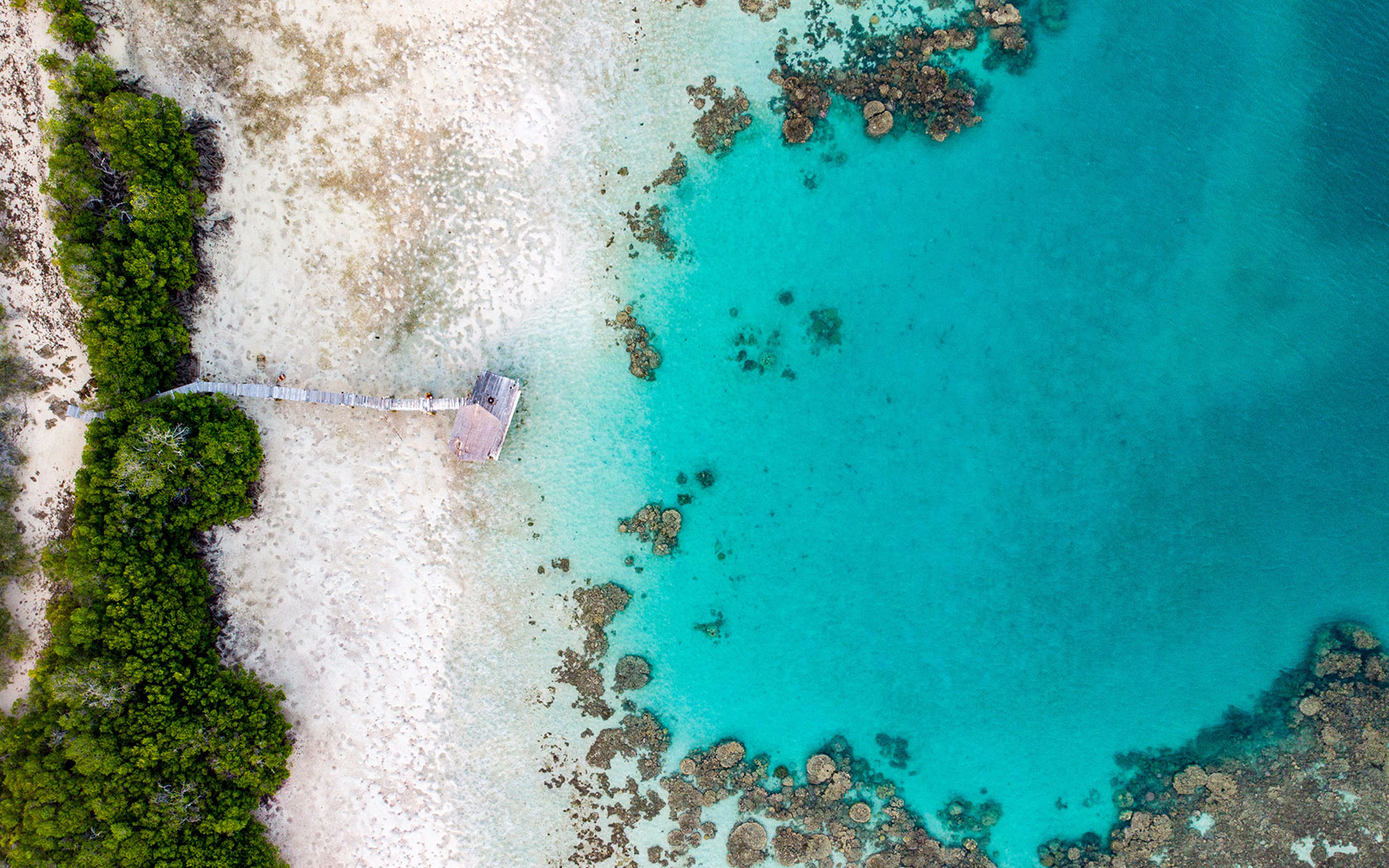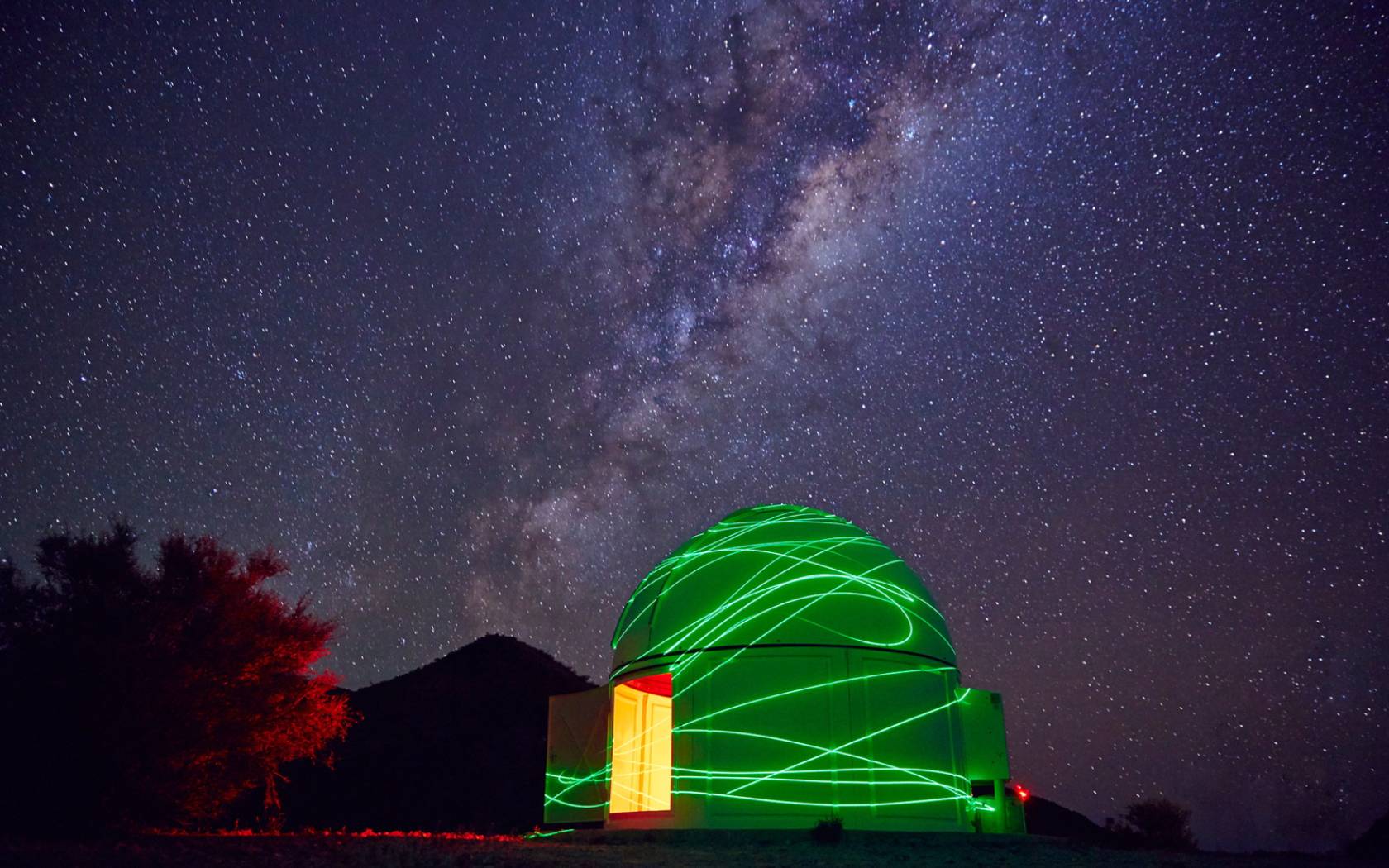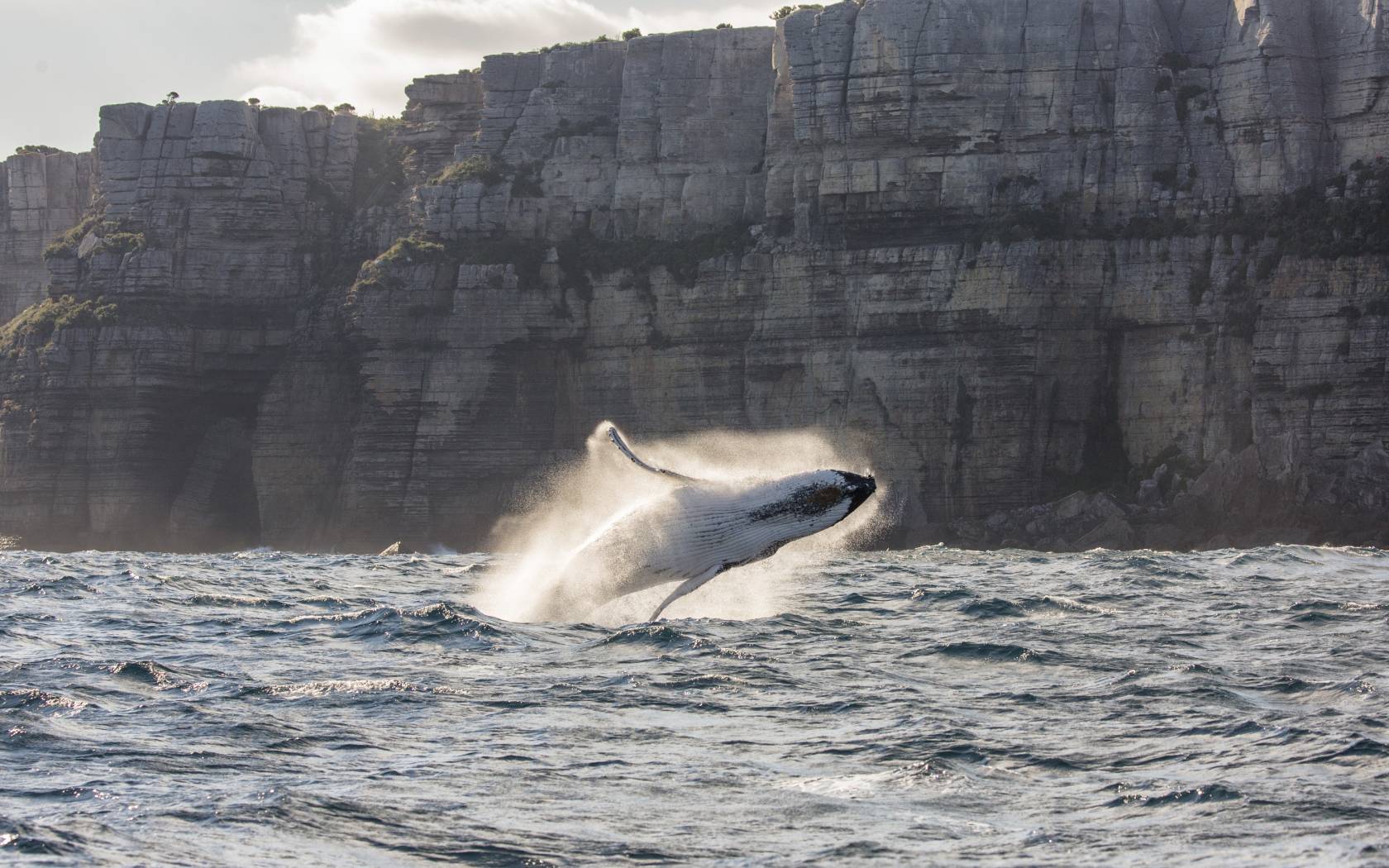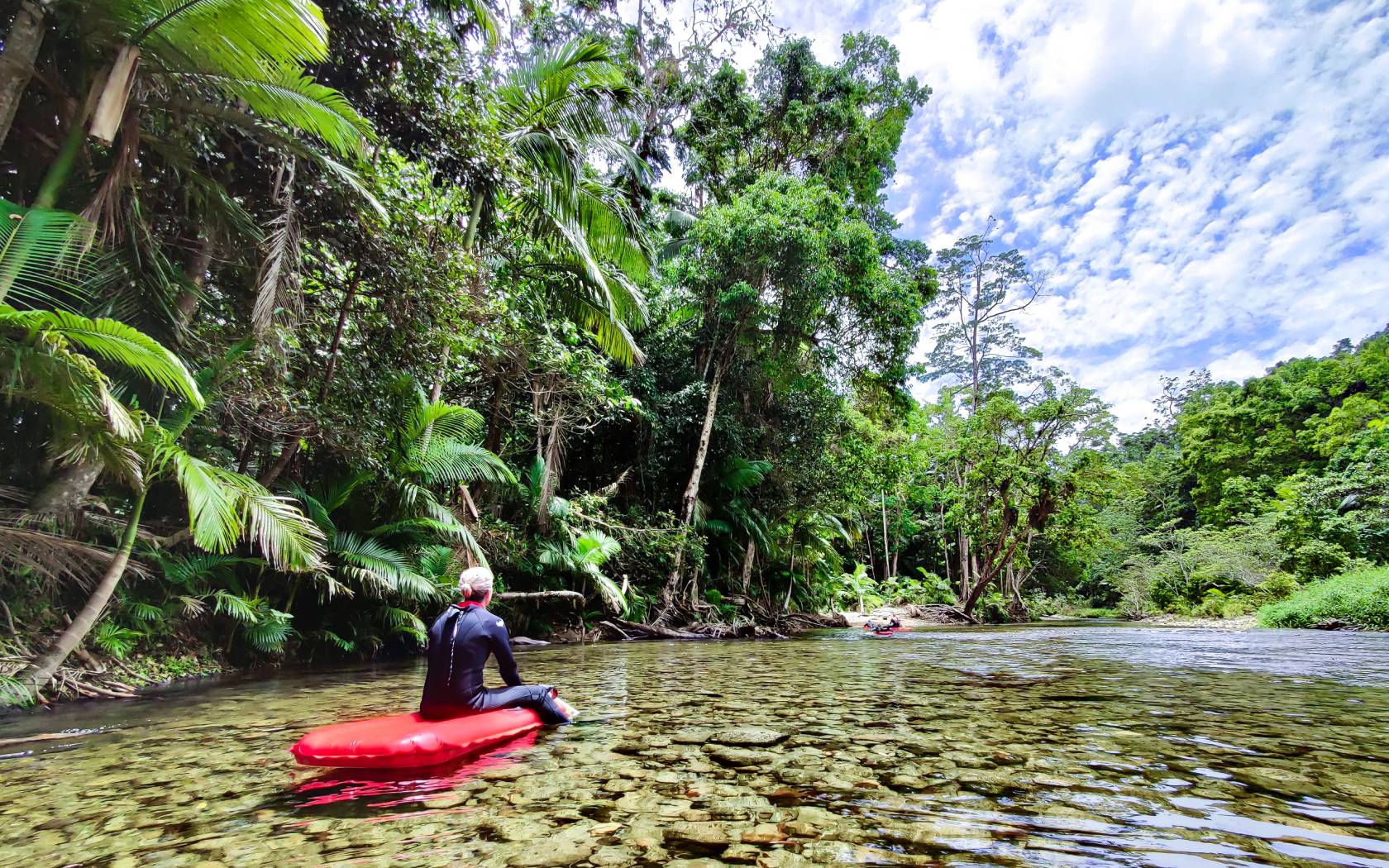The 100-Year-Old Tortoise Who Shagged His Species Out Of Extinction Is Finally Retiring
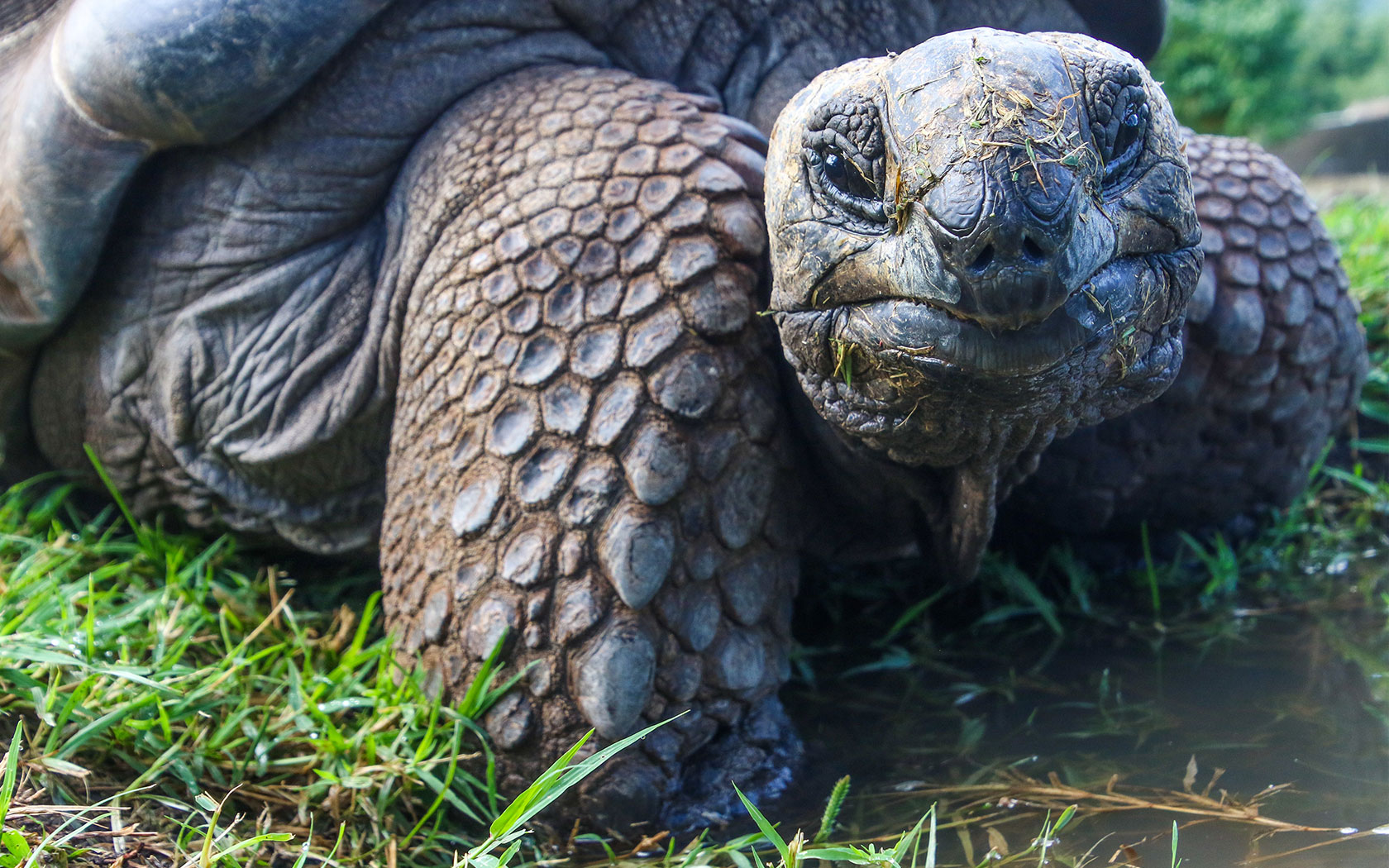
Kassia is the Editor of AWOL, and a straight-up travel…
Not many creatures in this world can claim that their horny habits were in any way helpful, except for their own pleasure. They certainly can’t claim to have single-handedly spread their seed far and wide to ultimately save their species. But Diego, the 100-year-old Galápagos giant tortoise (and total Grand Daddy) can.
Extreme ladies-man, Diego, is believed to have been taken from his native home — Española Island in the Galápagos Islands — back in the 20th Century. He spent 30 years at San Diego Zoo in California before being taken to the Fausto Llerena Tortoise Center, a breeding facility in Santa Cruz.
When he arrived at the centre, there were believed to be only 12 female and two male tortoises left back on Española Island, putting the species at high risk of extinction. Here he is, the (not so) little stud:
Over the last five decades, Diego’s extreme fertility and keenness to get down-and-dirty has contributed about 800 baby tortoises to the cause. With the current population at around 2,000, that means Diego is the father of about 40 percent of the population, a truly outstanding number.
He came (a lot), he saw, he conquered and now he’s retired back to his home in the Galápagos Islands, along with other giant tortoises who took part in the breeding program. Please enjoy the video of his journey home below, particularly the amazing tortoise backpack situation:
While this is all well and good, there actually was one male tortoise hornier than Diego, he just didn’t get all the media attention. Simply known as E5, this second male in the breeding program actually accounts for the other 60% of the current giant tortoise population. There was also a third, but poor buddy didn’t get a lot of action.
Perhaps the most amazing explanation of how Diego managed to become a horny sensation when another was actually more successful, comes from Professor James P. Gibbs, working in environmental and forest biology at the State University of New York in Syracuse.
“[Diego has] a big personality — quite aggressive, active and vocal in his mating habits and so I think he has gotten most of the attention,” he said, speaking to the New York Times.
“But it clearly is the other quieter male that has had much more success. Maybe he prefers to mate more at night.”
Personally, I stan a tortoise who can do his thing and not make a big deal about it. He’s probably the more responsible one, let’s be honest. Apparently the females agree with me, because Professor Gibbs also explained that the success of male tortoises is ultimately up to ladies choice.
“It might come as a surprise to many but tortoises do form what we would call ‘relationships,'” he said. “The social hierarchies and relationships of giant tortoises are very poorly known.”
So yes, please, let’s not forget the baby mamas in all of this, who had to do the real work.
As for Diego, he says he’s hoping to live out his days back on his home island in peace with a selection of his many lovers, receiving occasional phone calls and birthday gifts from his large brood of children — probably.
(Lead Image: Pexels / Magda Ehlers)
Kassia is the Editor of AWOL, and a straight-up travel addict. She was born without a sense of direction, yet an intense desire to explore the world. As such, she's lost 90% of the time but she's learned to roll with it. You can catch her latest adventures on Instagram @probably_kassia.

